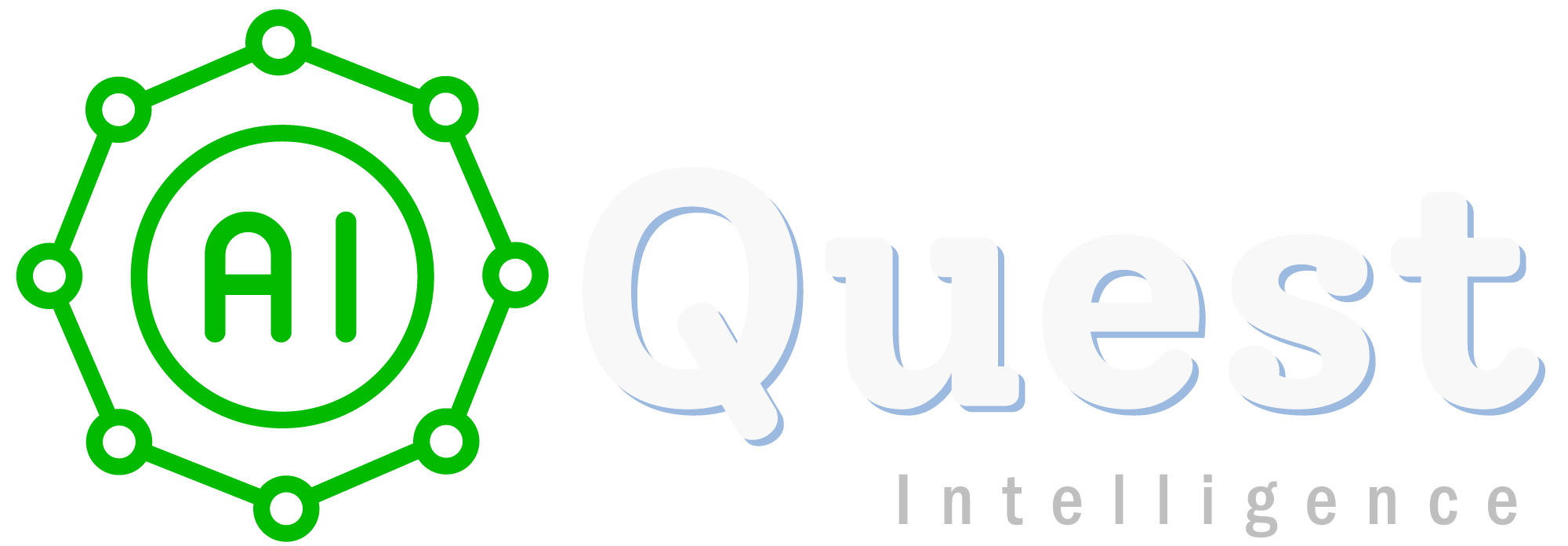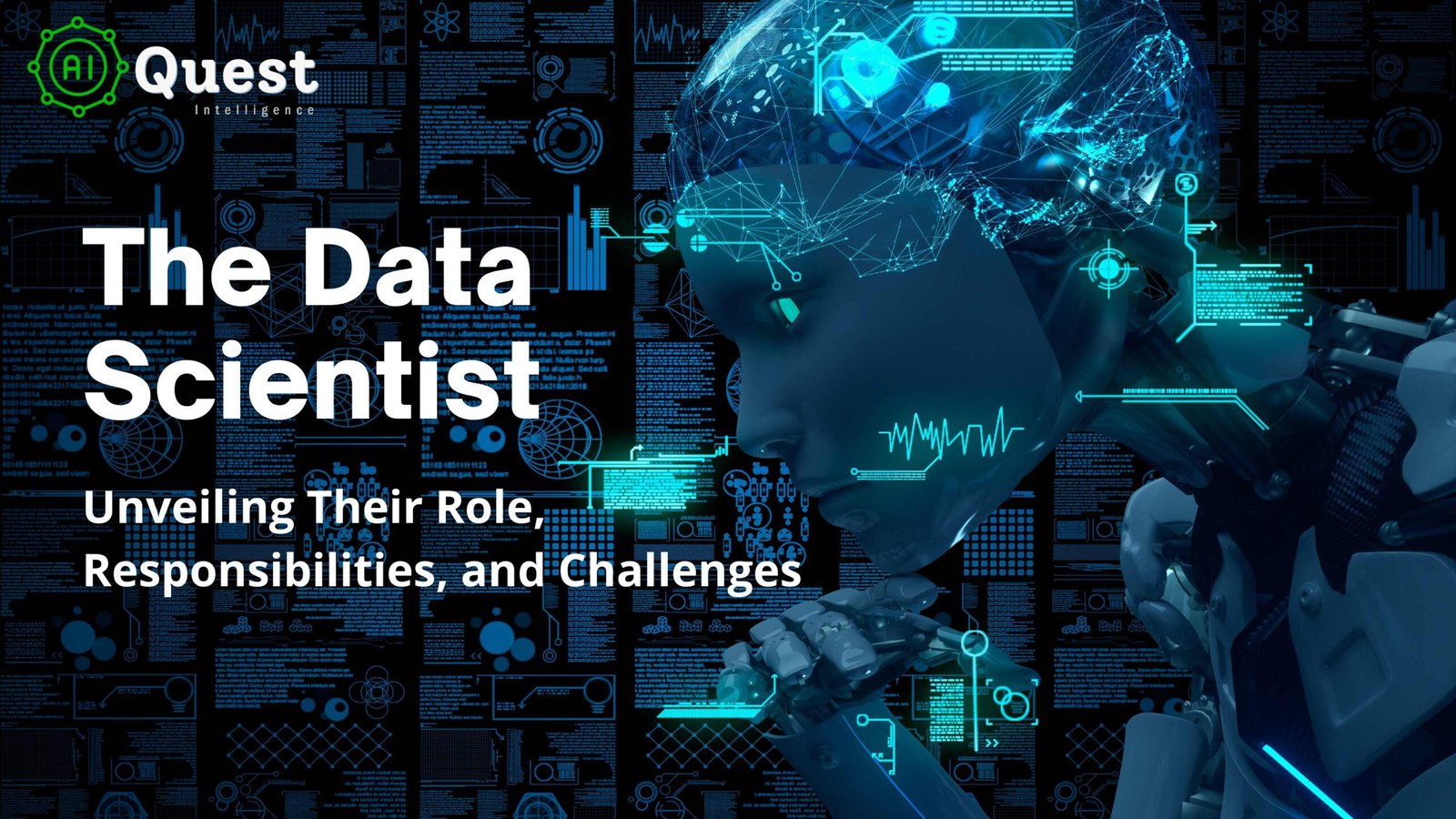The Data Scientist plays a crucial role in transforming raw data into valuable information that can drive decision-making and solve complex problems. A data scientist is a professional who uses their expertise in statistics, mathematics, programming, and domain knowledge to extract meaningful insights and knowledge from large and complex datasets. They employ various techniques, such as data mining, machine learning, and statistical modeling, to analyze data and solve complex problems.
Role and Responsibilities:
- Data Collection and Cleaning: Data scientists gather and prepare large datasets for analysis, ensuring data integrity, completeness, and accuracy.
- Exploratory Data Analysis (EDA): They perform EDA to understand the structure and characteristics of the data, and identify patterns, outliers, and correlations.
- Statistical Modeling: Data scientists build and apply statistical models to derive insights, make predictions, and solve business problems. This may involve techniques such as regression analysis, time series analysis, clustering, and classification.
- Machine Learning: They utilize machine learning algorithms to develop predictive models, build recommendation systems, and automate processes. This includes techniques like supervised learning, unsupervised learning, neural networks and reinforcement learning.
- Data Visualization: Data scientists communicate their findings effectively through visual representations, using tools like matplotlib, seaborn, or Tableau. Visualizations help stakeholders understand complex information and make informed decisions.
- Storytelling and Presentation: They present their findings and insights in a clear and compelling manner, making complex concepts accessible to non-technical stakeholders.
Challenges:
- Data Quality and Availability: Ensuring data quality, dealing with missing or inconsistent data, and working with limited or noisy data can be challenging.
- Complexity and Scale: Handling large datasets and complex analytical problems require advanced computational skills and scalable algorithms.
- Rapidly Evolving Landscape: Data science is a rapidly evolving field, requiring continuous learning and staying updated with new tools, techniques, and algorithms.
Roadmap to Becoming a Data Scientist:
- Programming Skills: Learn a programming language commonly used in data science, such as Python or R. Python is most widely used programming language. Master the fundamentals and libraries for data manipulation and analysis, such as NumPy, Pandas, Plotly, Seaborn, Vaex, Matplotlib and dplyr, etc.
- Learn Mathematics and Statistics: Develop a strong foundation in statistics, linear algebra, and calculus. Understand probability theory, hypothesis testing, and statistical inference.
- Data Manipulation and Visualization: Gain proficiency in data cleaning, transformation, and visualization techniques. Practice working with real-world datasets to develop these skills.
- Machine Learning and Algorithms: Study machine learning concepts, algorithms, and techniques. Learn about supervised and unsupervised learning, ensemble methods, and evaluation metrics.
- Implementing Machine Learning Models: Apply your knowledge to implement machine learning models using popular libraries such as scikit-learn, Keras, PyTorch, or TensorFlow. Practice with real datasets and work on projects to gain hands-on experience.
- Scalable Computing: AWS offers scalable computing resources through services like Amazon EC2 (Elastic Compute Cloud) and Amazon EMR (Elastic MapReduce). Data scientists can leverage these services to perform large-scale data processing and analysis, especially when working with big data. AWS provides a range of machine learning services, including Amazon SageMaker, Amazon Rekognition, and Amazon Comprehend. These services enable data scientists to build, train, and deploy machine learning models.
- Specialize in a Domain: Gain domain-specific knowledge and expertise. Understand the unique challenges and nuances of the industry you wish to work in, whether it’s healthcare, finance, or marketing.
- Stay Updated: Keep up with the latest advancements in data science. Follow industry blogs, attend conferences, and participate in online communities to stay abreast of new tools, techniques, and research.
Important Tools:
- Python: A versatile programming language widely used in data science for its rich ecosystem of libraries and frameworks. Learn!
- SQL: Structured Query Language is essential for querying and manipulating databases, which are often the source of data for analysis. Learn!
- Data Visualization Tools: Matplotlib, Seaborn, and Tableau are popular tools for creating visualizations and communicating data insights effectively. Learn!
- Machine Learning Libraries: Scikit-learn, TensorFlow, and PyTorch are powerful libraries for implementing machine learning models and deep learning algorithms. Learn! & Learn!
- Big Data Tools: Apache Hadoop, Spark, and Hive are examples of tools used for handling large-scale data processing and analysis. Learn!
- Cloud Computing: AWS provides a range of machine learning services, including Amazon SageMaker, Amazon Rekognition, and Amazon Comprehend. These services enable data scientists to build, train, and deploy machine learning models, perform image and text analysis, and incorporate AI capabilities into their applications. Learn!
Becoming a proficient data scientist takes time, practice, and continuous learning. It’s essential to work on real-world projects, collaborate with other data scientists, and seek opportunities to apply your skills in practical scenarios. Subscribe! Follow!
.

